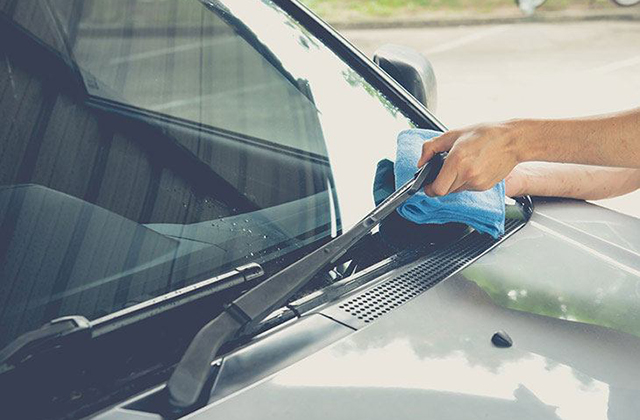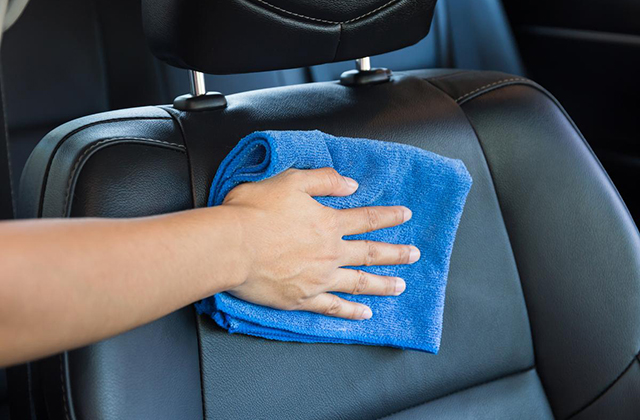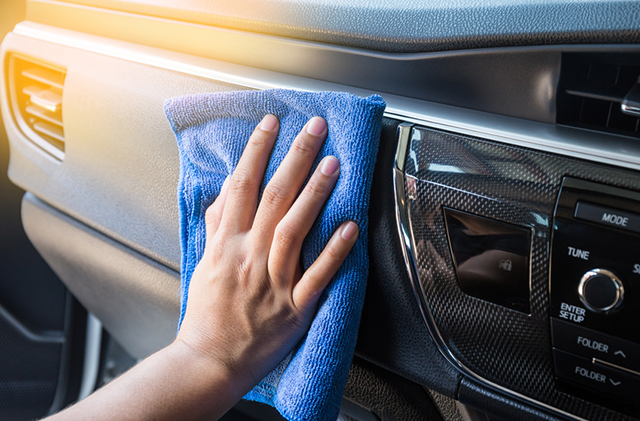To use any wheel woolies, spray the wheel with the wheel cleaner of your choice. If this is the first time you’ve been in the market for a leather motorcycle riding suit, or jacket for that matter, you are likely going into the experience with little information and a lot of questions. Most of motostrano customers come to us looking for a suit armed with recommendations and advice from friends, many of whom also have no idea what makes up a good fitting, quality suit. We’re not asking you to ignore those recommendations or your own opinions, because they may in the end weigh the heaviest in your decision on what to buy, but take a moment to consider some new information your buddies may not be passing on to you. We developed this Leather Protector after a whole lot of research, testing and evaluation. It helps preserve the rich hand painted colors and protects your bag from the elements, pollution, dirt and other vagaries of life.
A one or two piece leather suit is usually a relatively significant investment for most riders. The cost alone is the reason so many riders don’t own a suit, let alone a good quality jacket. It’s safe to say that a majority of street motorcycle riders ride with less than ideal riding gear. Given that fact, riding with any real protective gear other than a helmet is a step above the rest. Nevertheless, our opinion is that you should own and use the best quality riding gear that you can afford. Beyond that, your gear should fit your needs, your riding style and most of all it should fit you.
We are often asked what the difference is between the low end and high end suits. It comes down to the amount of features the suit has, the quality of the leather, the quality of the interior of the suit, the quality of the armor (if the suit features any), the type and amount of stitching in the suit. The more expensive the materials and the more time needed to make the suit, will make up the cost of the suit. Like anything, you tend to get what you pay for and poorly made suits will not only protect you less, but won’t last as long just during the regular use of the suit.
Features to look for in a suit include:
* Leather type, either cowhide, kangaroo or goat
* Leather thickness and suit weight
* Type of venting and perforation features
* Type of padding and protection
* Type of spine protection, aero hump, or inserts
* Slider type and hardness
* Type and quantity of stitching
* Internal lining, removability
* Insert pockets or snap-ins for back protectors
* Stretch material used
The first thing you need to understand about motorcycle protective gear is that leather, whether cowhide or kangaroo skin, is always more protective than any type of textile (fabric) material currently available. Textile motorcycle gear is light weight and therefore comfortable, easy to get in and out of and breaths well, but there is a reason that no pro or amateur racer today is using textile gear on the track. Textile suits and jackets do not protect riders as well as leather in a crash. Today’s suit manufacturers do use textile materials in parts of the suit that rarely experience impact or stress, such as under the arms, the groin and of course in the lining of a suit.
The qualities of leather make it a very difficult material to burn or tear in a crash slide situation. This isn’t to say that textile jackets and pants shouldn’t be owned and used for regular street riding, but of the two, leather offers more protection. Various types of leather and a wide range of leather thickness is used across all manufacturers.
You can really look at a leather suit as a 2nd, very thick skin, that is worn over your body. Sewn into this skin, in any serious leather suit, will be protective strategically placed armor for even more protection and then stretch panels and liners for comfort and cooling. In a crash situation, the leather protects from impact force that would otherwise tear your skin and sliding abrasion that would otherwise scrape your skin off. Impact armor is there to absorb as much of any impact energy as possible.
Higher end leather tends to be thinner and soft, therefore lighter and more comfortable for the rider, than heavy-weight leather. Thin, soft leather also takes less time for the suit to break-in than heavy weight leather. Thin leather, taken to the extreme may be comfortable, but can also no longer be fully protective, or if it is, is only a ‘one-crash’ garment.
Leather suits are typically offered in “one piece” and “two piece” varieties. One piece suits provide the best protection of the two types, due to the fact that there are less seams that can be subject to tearing during an impact situation. A two piece suit is slightly more versatile than a one piece suit, since it can be unzipped at the waist and be ridden as a jacket alone. Some manufacturers, such as Alpinestars, offer separate jackets and track pants that can be zipped together to make a full-type suit. Usually, however a riding jacket zipped to a riding pant does not zip all the way around the waist.
Increasingly, hi-tech suit manufacturers such as Alpinestars feature injection molded hard-plastic protection on their suits, combining leather protection with impact-absorbing hard body armor. This brings us to the topic of armor. Body armor is the part of the suit designed to protect the rider’s body from hard impact with the ground or other objects. Many leather riding jackets on the market today have no body armor in them at all. The other important part of a suit or jacket is the impact absorbing armor. Higher end suits today use “CE Approved” hard plastic and/or multi-layered memory foam armor inserts at these impact areas. Utilizing hard armor and various types of foam and padding, creates an energy absorbing zone through out the suit, protecting the rider during heavy direct impact crashes.
Protection zones to look at include:
* Shoulders
* Elbows
* Spine
* Hips
* Knees
* Shins
* Chest
* Thighs
Alpinestars’ higher ends suits, now offer exterior hard plastic protection in certain areas. This serves to protect the rider even more by putting the protection inserts as the first point of contact with the impact object.
The bare bones distinction between a high quality suit and low quality suit can be said to be the quality of the leather and the quality of the stitching. A high quality well-made suit can withstand the most brutal of slides and still stay together, protecting the riders skin. Lessor quality leather matched with poor stitching is what causes a suit to ‘blow up’, or come apart on a rider during a crash. It takes a certain amount of skill, learned proprietary knowledge and craft to produce a suit will live up to the task.
Next to protection, what any suit or jacket spends most of its time doing is keeping you comfortable. Mainly, this means that the suit should fit you well, so that you will want to wear it. An overly heavy suit with no venting on a hot day, won’t be your first choice when you go to suit up for a day’s ride in the street. An overly uncomfortable suit will also have the affect of being a distraction to your riding when you are on the bike. You want your suit to fit as good as possible.
Sizing. Especially when ordering online, sizing questions are one of the first things on people’s minds. As a retailer with both a web site and a retail showroom of our products, we don’t necessarily recommend that that you go and try on a suit at your local dealer and buy the item from us. Kinda tacky and most motorcycle dealerships don’t offer a wide variety of sizes in their showroom for you anyway. Motostrano offers a free exchange return policy on all of our suits, so you can be sure to get the right size. Motostrano stocks suits, unlike other stores who only special order their inventory, so we won’t cringe if you have to exchange or return a suit. Our sales associates can also guide you through the fitting process either on the phone or by email and help you select the right product.
Sizing across all manufacturers varies. Some makers size their suits in US Sizes, others in European Sizes. The difference in numbers is that European sizes are 10 above US sizes. So, if you tend to wear a size 42 US jacket, you’d be a size 52 in European sizing.
When we speak to customers on the phone who don’t know what size they are, the questions we ask are:
* What’s your height
* What’s your weight
* What size US suit jacket do you wear
* What’s your waist size
Using these questions we can usually get the sizing right in a few seconds. This is, however, as long as the rider isn’t exceptionally built in the shoulder, stomach or thigh areas. Some, though few, riders will simply not fit well in any off the shelf suit.
You want your suit to fit as snug as possible, even to the point of being a little constraining. At Motostrano we preach that your new leather suit should at first be border-line uncomfortable when you first try it on. A new suit will give a half a size to a size after a few times of using the suit. Leather gives to an extent to form to the rider’s shape and size. First time suit buyers are typically lost when it comes to trying on suits because they want the suit to fit perfectly the moment they try it on. A good fitting suit should be very snug on the few times of use. A perfectly fitting suit has few creases, baggy points and folds, yet is just snug enough to be a little tight on the rider. You shouldn’t be able to grab a hand full of leather easily and bunch it up in your hand if the suit is fitting well. The suit should fit as well as possible, like a second skin, tight to your body.
Most first time suit owners try on a suit and want the knee protection and sliders to be up on their knees. Look at this photo of Eric Bostrom with his knee down and slider in full action and you’ll have an idea of where you want your sliders to be in relation to your knees. Knee armor should stop at about the middle of your knee cap. Knee, elbow and shoulder amour shouldn’t be loose on you.
The other point that first-time suit owners often overlook is that your suit is designed to fit you best when riding the bike. You’re not going to use your suit to go out on a date and although showing up at your favorite rider gathering area and posing in a full race suit looks cool, that’s not what a well made suit is designed for and we hope that’s not playing in your purchasing decision. A race suit is designed to be in the riding position, leaned over and aggressively positioned. It’s designed to fit the rider comfortably while riding the bike. We speak with folks all the time who get the suit on and complain they can’t raise their arms over their head. Ok- great! you’re not going to want your arms flailing over you head if you get off the bike- you’ll want some restriction there.
When considering the features of a suit, you’ll realize quick that the higher cost suits offer the most advanced features. If you can’t spring for the big buck suit, you can still get a quality protective suit that fits, without having to settle for a low end suit that will come part on you while riding, or just plain be uncomfortable while riding. The full range of Alpinestars suits is designed to fit within most riders’ budgets and still offer world-class features such as CE Approved armor, soft leather, venting and interior lining.
Another important point to consider is that there are a multitude of suit manufacturers on the market today. A good amount of them utilize the racing scene as a marketing and sales tool for their products. It makes good sense to look at which riders are riding with what suit brand, because these guys have careers and lives to protect and they crash all the time. They want to be around at the finish line, but realize too, that pro racers usually have custom suits built for them by their sponsors. What your favorite pro racer is wearing may or may not be available to the average rider. Suit makers also use their sponsored riders for product testing and product development. Many of the suits worn by pro racers are not yet available to the public, because the manufacturer puts time, money and energy into getting feedback from their sponsored riders for products that are not yet released yet. This information is then taken back to the lab and used to build next generation protection products.
Joe has been involved in the Motorcycle industry and an avid motorcyclist for the past 15 years. Joe is President of Motostrano.com, a leading retailer of protective motorcycle apparel based in Redwood City, California.
Article Source: http://EzineArticles.com/expert/Joe_Witherspoon/106589
Article Source: http://EzineArticles.com/626674


